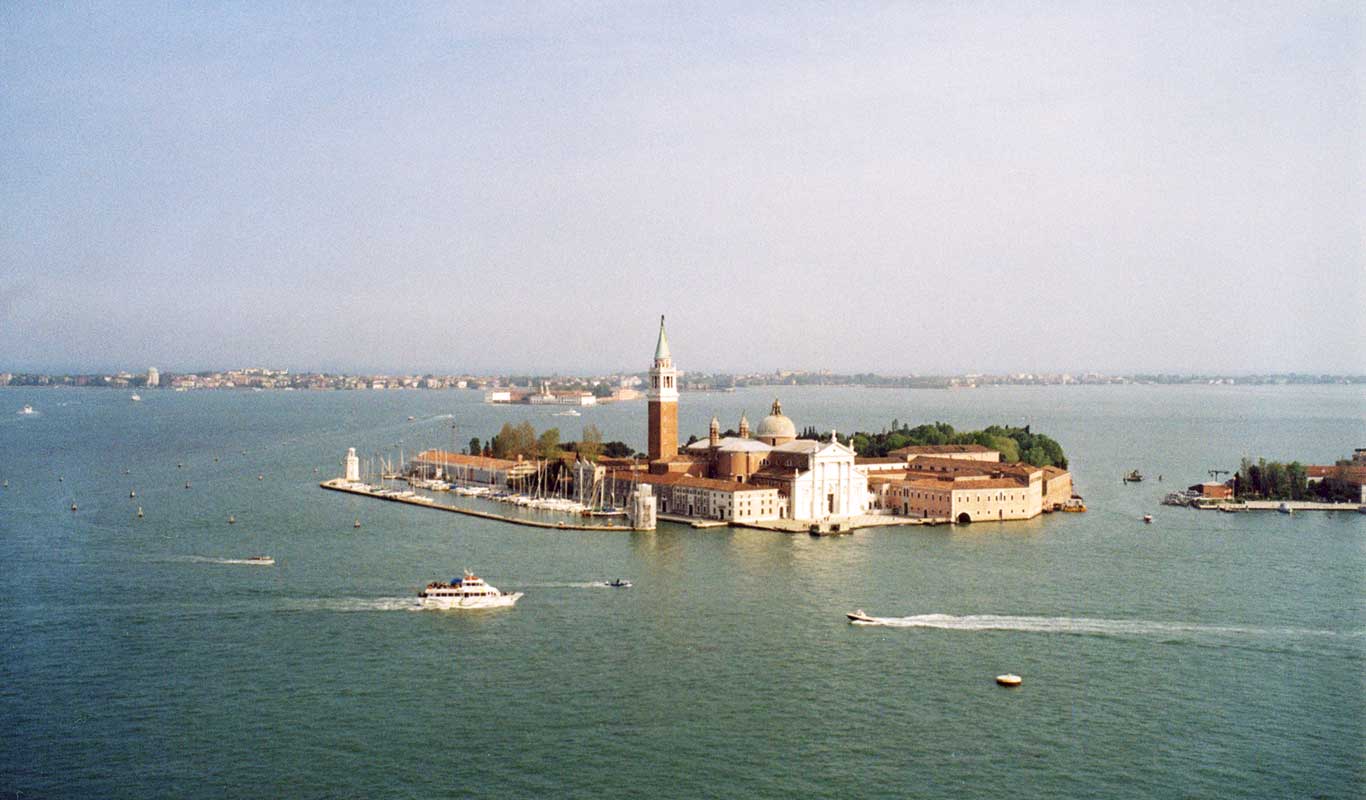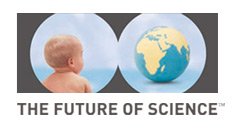Susan Murcott

Susan Murcott’s work is dedicated to providing safe water to 1 bil ion people. For the first decade of her environmental engineering career, her focus was on innovative wastewater treatment for megacities, with projects in Mexico City, Sao Paulo, Rio de Janeiro, Budapest, Beijing and Hong Kong. Since 1997, she has been a leader in the emerging field of household drinking water treatment and safe storage, with projects in Ghana, Nepal, Bangladesh, Cambodia and China.
She and her student teams have won many prizes for their water technology innovations, including a Wal Street Journal Technology Innovation Prize, the World Bank Development Marketplace Competition, St. Andrews Prize for the Environment, Kyoto Water Prize – Top Ten Finalist, the MIT IDEAS Competition and others.
At MIT, Murcott teaches “Water and Sanitation Infrastructure in Developing Countries” and “D-Lab III: Disseminating Innovations for the Common Good.” At Cambridge University, she has co-taught two new courses “Sustainable Development for Large Infrastructure Projects” and “Design for Developing Countries” in the Engineering for Sustainable Development Program. She is the author of over 50 professional papers.
See:
http://cee.mit.edu/index.pl?id=2700
and
http://web.mit.edu/watsan
Innovations Bringing Safe Drinking Water to 1 Billion People at the Bottom of the Pyramid
Food and safe water availability are the highest security priorities for the 1 billion people at the bottom of the global economic pyramid. This presentation will report on household drinking water treatment and safe storage (HWTS) - innovations that are addressing this economic group’s urgent need for safe water.
HWTS technologies have come into existence since the 1990s and are explicitly designed to remove major contaminants found in unsafe drinking water – infectious pathogens, arsenic, fluoride, and more. These systems have powerful and appealing characteristics. They are engineered to be simple, self-reliant, local, user-friendly and low-cost. They empower users, especially women and children, who bear a disproportionate burden to secure household water. The motivation driving the development of these technologies is the aspiration for a common, social good, not unlike the 20th century search for a polio vaccine or the 21st century search for cures for HIV/AIDS, malaria and TB, and an instatement of a basic human right to water. While HWTS solutions necessitate household-by-household adoption and sustained use, taking these products from pilot scale to widespread commercialization is also essential. The exciting question is, if commercial products, such as computers, cell phones and Internet can “go exponential,” then can these safe water technologies also be taken to scale? If the answer is “Yes,” HWTS will be part of the solution that provides safe drinking water in the next several decades to the 1 billion people at the bottom of the pyramid.
Field experience implementing HWTS innovations in Ghana and Nepal will be described:
In Ghana, Pure Home Water is a social enterprise established in 2005 to disseminate HWTS products among low-income customers, with its main focus on the promotion and sale of ceramic pot filters, locally known as Kosim filters, currently reaching over 100,000 people.
In Nepal, the widespread adoption of shallow tubewells in Nepal’s Terai region over the last 20 years enabled improved in access to water. However, recent national water quality testing has shown that 3% of these sources contain arsenic above the Nepali interim guideline of 50 g/L, and up to 60% contain unsafe microbial contamination. To address this challenge, an international team has invented, tested, and then
implemented the Kanchan TM Arsenic Filter (KAF) through an iterative, learning framework. This household system costs only US$25 and is now serving 65,000 with safe water.





